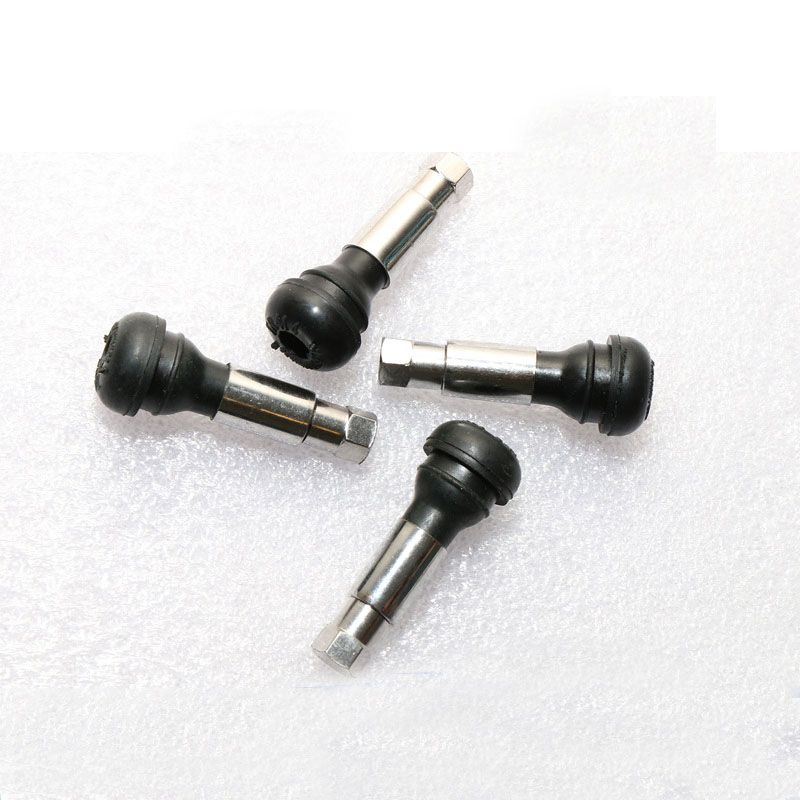WHAT IS THE TPMS SENSOR ON YOUR CAR AND HOW DOES IT WORK?
If you get a tire blowout, it can put you in a perilous situation. That's why a tire pressure monitoring system -- or TPMS -- is essential safety equipment. This technology can give you information to help keep your tires healthy and prevent blowouts from happening.
A TPMS sensor -- or tire pressure sensor -- is an integral part of this system. How do tire pressure sensors work on a car, and how can you program them? Let's take a closer look.
tire pressure sensor replacement installation
What Is a TPMS Sensor?
A TPMS sensor is an electronic gadget that keeps track of a car's tire pressure. This equipment measures air pressure in your car's tires. If the air pressure drops to dangerously low levels, it issues a warning.
These sensors are standard equipment for all new cars. Several years ago, Congress passed a law making it mandatory for all cars built after 2008 to be equipped with a TPMS sensor.
So, what if you have an older car that isn't equipped with a TPMS sensor? If your car doesn't have this technology, you can buy an aftermarket TPMS sensor. For example, you can purchase a wireless tire pressure monitoring system that plugs into your car's cigarette lighter.
How Do Tire Pressure Sensors Work on a Car?
How does a TPMS sensor work? It depends on the type of system used.
There are two types of tire pressure monitoring systems: direct TPMS and indirect TPMS. Each has its own method of operation.
Direct TPMS: With this system, a sensor is mounted on each wheel of the car. These sensors monitor the air pressure in each tire. If the air pressure in one or more tires drops below 25 percent of the level recommended by the automaker, the sensor sends this information to your car's computer which causes a warning light to illuminate on your car's dashboard.
Indirect TPMS: This setup works with the wheel speed sensors on your car's antilock braking system (ABS). If a tire has low air, it will roll slower than one with adequate air pressure. If the sensors detect differing wheel speeds, the system assumes the problem is caused by inadequate air in a tire. The system alerts your car's computer which triggers the dashboard's warning light.
How Do TPMS Sensors Get Power?
TPMS sensors get their power from batteries built to last for several years. However, these batteries won't last forever, and they will eventually lose their charge.
Typically, the battery attaches to the TPMS sensor assembly, so you can't easily replace it. For this reason, you must change the entire tire pressure monitoring system if the battery dies.
Are TPMS Sensors Vehicle-Specific?
Yes, most TPMS sensors are vehicle specific.
In cars with factory-installed TPMS sensors, the sensors are always vehicle-specific. Automakers get these systems from specific suppliers, and the supplier can vary from model to model. If you use an incompatible TPMS sensor, it likely won't work with your car's system.
What about aftermarket sensors designed for cars that weren't factory-equipped with a tire pressure monitoring system? In many cases, these aftermarket sensors are vehicle specific as well.
How to Program a Tire Pressure Sensor
To program a tire pressure sensor yourself, you need to follow the instructions on a compatible TPMS programming and diagnostic tool.
Some TPMS sensors need to be programmed before use. These sensors come blank, and the vehicle's specific make, model, and year need to be entered. To tackle this task, follow the menu steps listed on your TPMS programming and diagnostic tool as mentioned above.
For many people, it will be easier to have a service technician do the programming. So, if you'd rather not handle this task yourself, you can get your tire pressure sensor programmed at a tire shop or auto repair facility.
What Is the Best Tire Pressure Monitoring System?
The best tire pressure monitoring system is one that's compatible with your vehicle.
Many aftermarket systems work solely with vehicles made by certain automakers. There are many excellent systems out there, so to choose one that's right for you, start by making sure the technology is compatible with the make and model of your vehicle.
What about tire pressure sensor replacement involving a system that was factory-installed on your car? In that case, you'll need to replace the technology with the same tire pressure monitoring system installed on the car when the automaker first built it.
Final Thoughts
If your car has a TPMS sensor, it's essential to replace the system when the battery dies. This will help ensure your tires are always adequately inflated.
And if you have an older car that doesn't have a tire pressure sensor, it's a good idea to purchase and install an aftermarket system. These systems are easy to find and install, and they can help you quickly determine whether there's a problem with one of your car's tires.
























